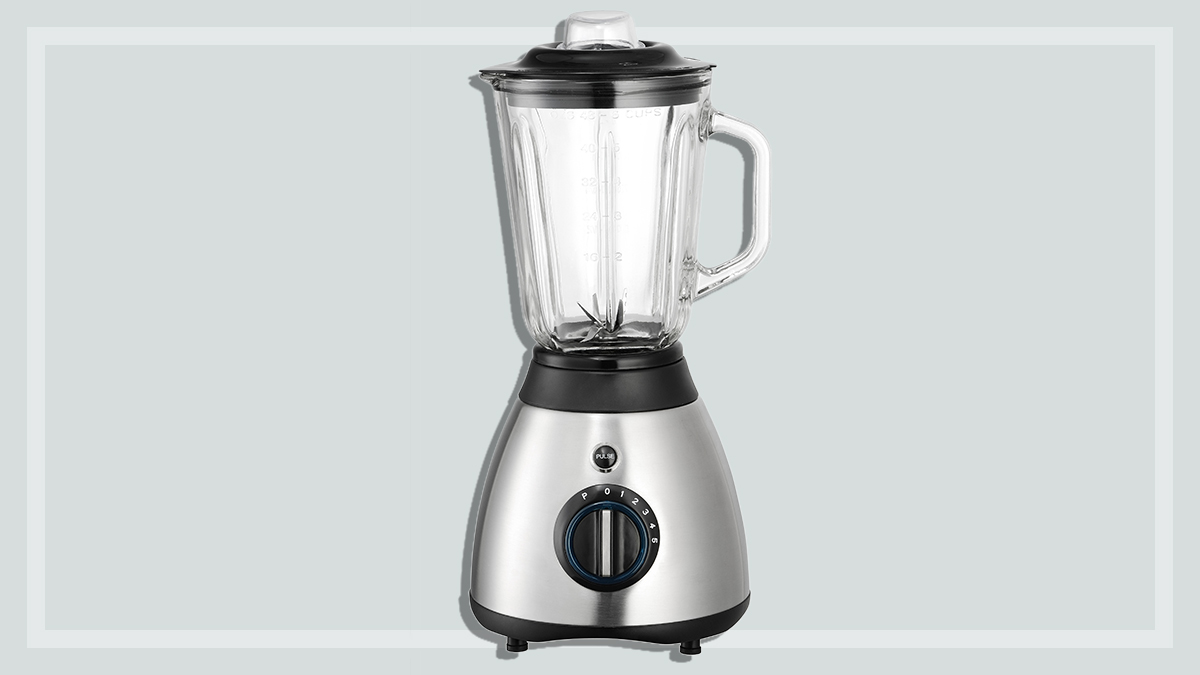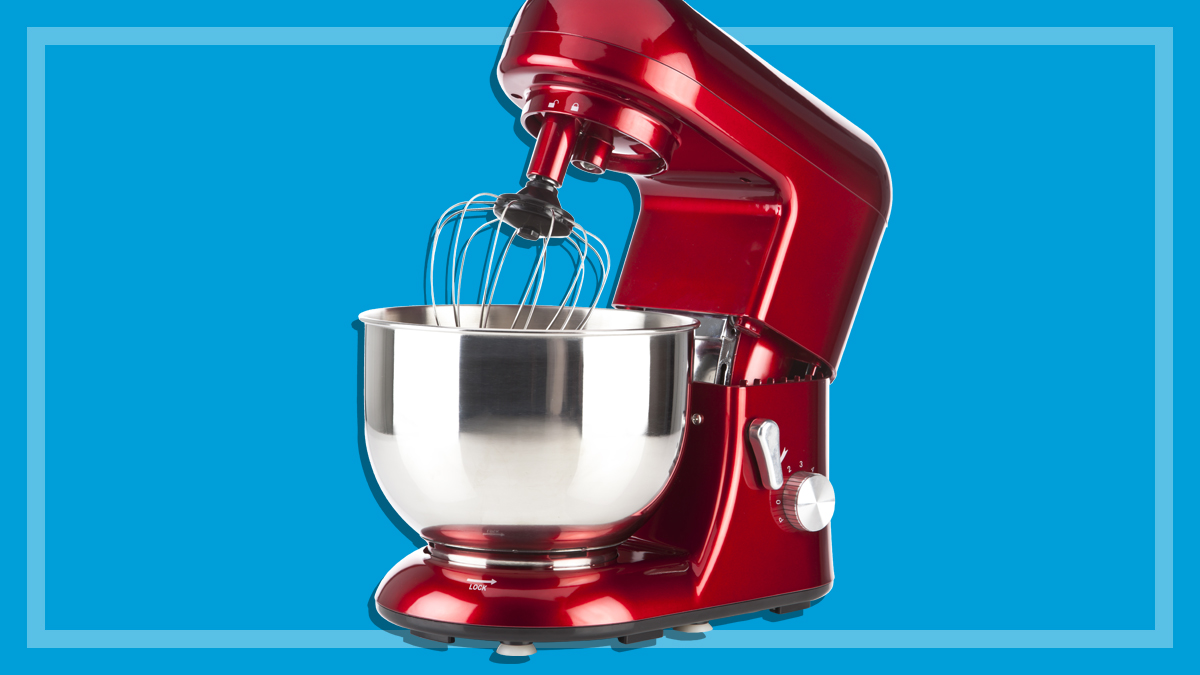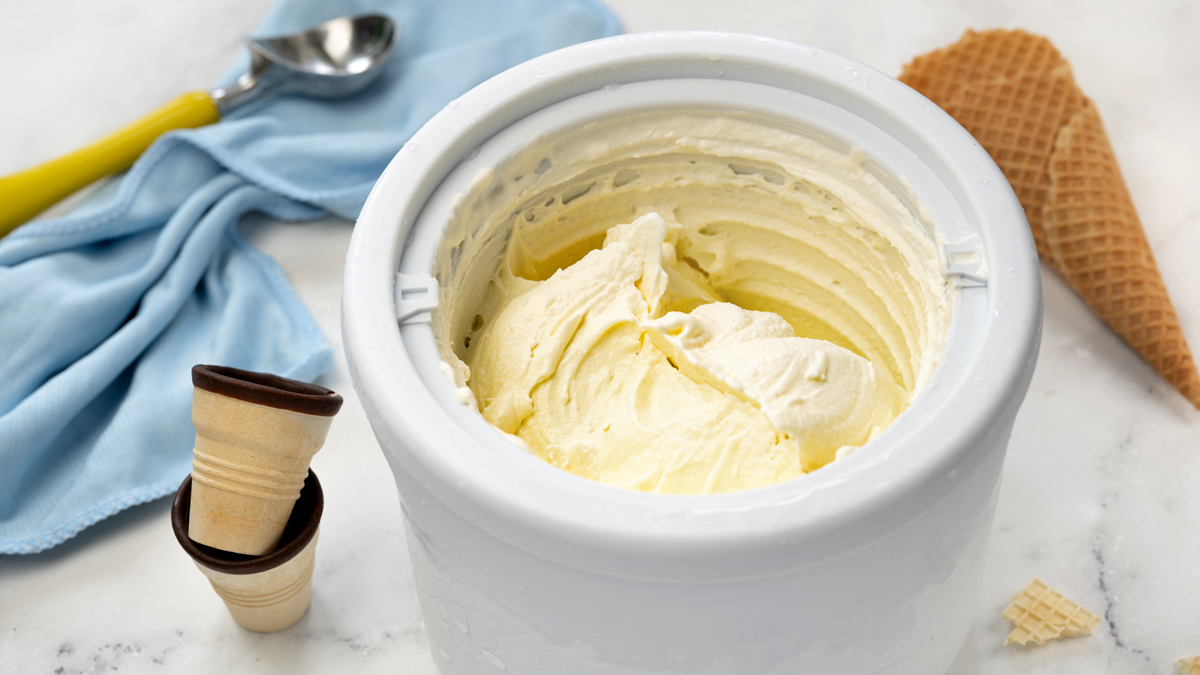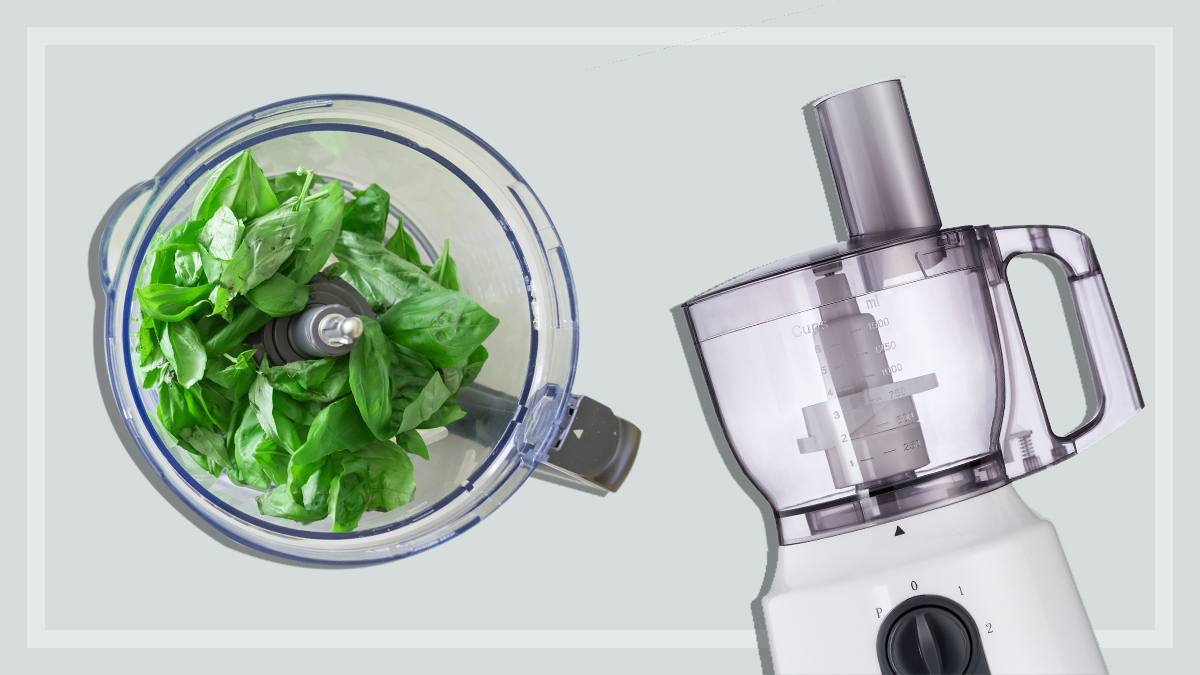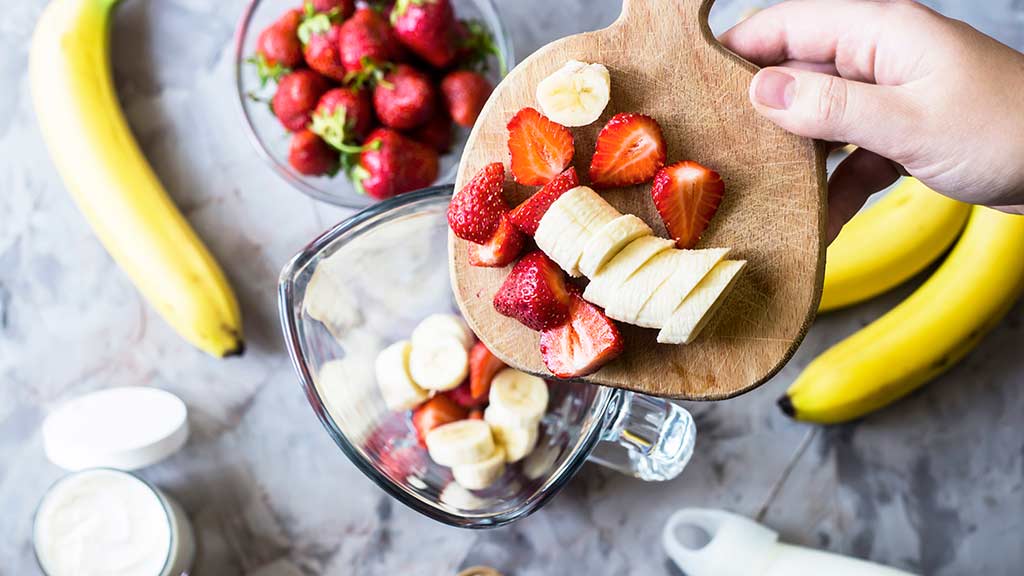Get our independent lab tests, expert reviews and honest advice.
Juicers vs blenders: Which should you buy?
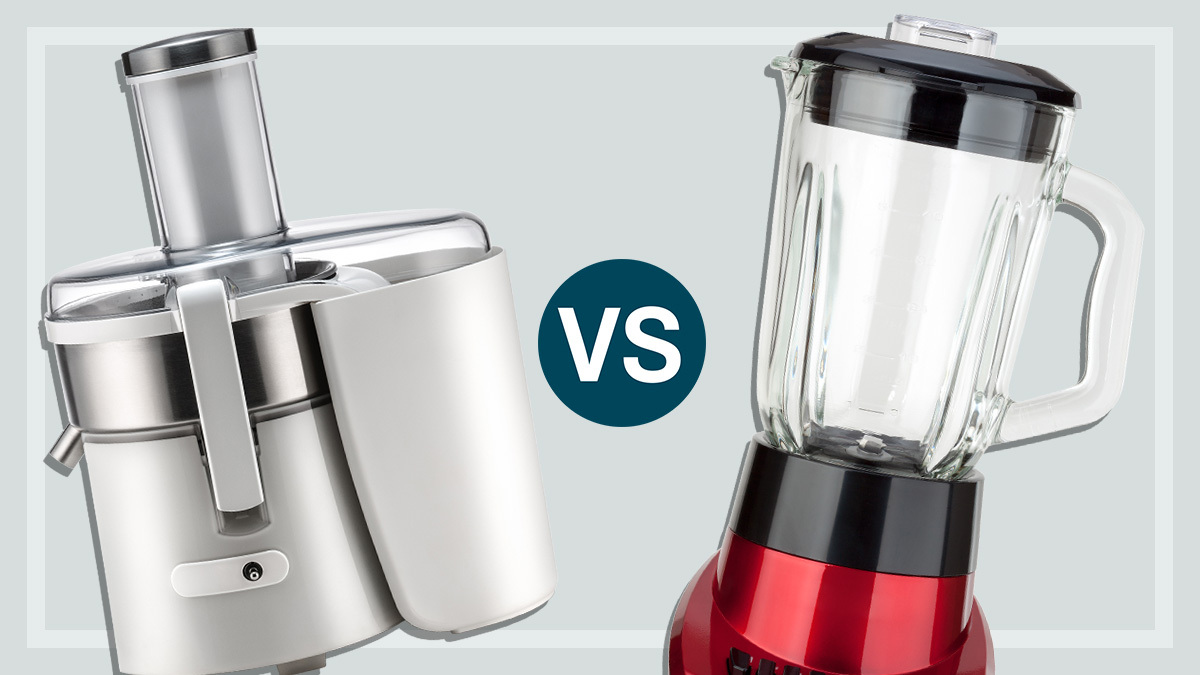
Do you know your slow juicer from your super blender?
While both blenders and juicers will help you create delicious fruit- or veg-filled concoctions, how do you know which will give you the healthiest and tastiest results, and which is best for your needs?
For years, our kitchen lab experts have put juicers and blenders to the test by whizzing, blitzing and blending litres of liquids and kilos of kale, and assessing the pros and cons of each appliance.
They know that the right product for you will depend on quite a few factors.
First, what’s the difference?
When we talk about a juicer, we mean an appliance that either crushes or pulverises fruits or vegetables to separate pulp from juice, leaving you with a liquid that may be frothy with a little pulp.
A blender could be a personal blender or a super blender that blends whole fruits or vegetables to create a thicker smoothie (think cult brands Vitamix, Nutribullet and Ninja), or even a stick blender.
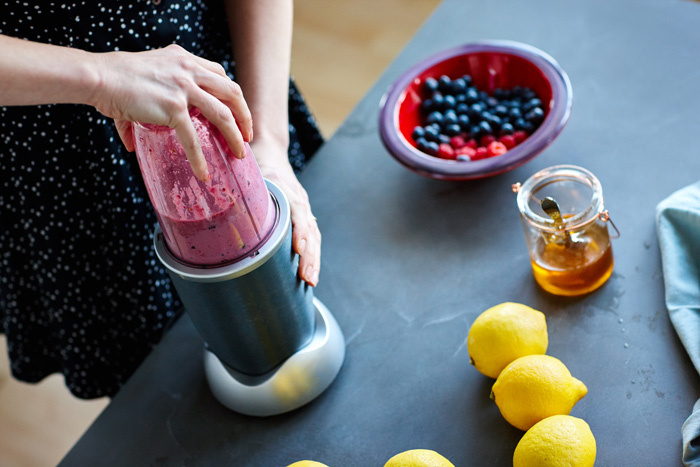
What will you be using it for?
Whether you opt for a blender or a juicer depends on what you’d like to make.
Blenders are a more versatile appliances – as well as smoothies, you can use them to make everything from milkshakes and frappes to soups, salad dressings and nut milks (or, if it’s a high-performance ‘super blender’, even pestos or nut butters).
Meanwhile, juicers usually just make, well, juices. That’s not to say there’s nothing to get excited about on the juice front.
Fast or slow?
These days you can choose from a massive range of slow-juicers (also known as cold-press juicers or masticating juicers) and centrifugal juicers (the ones that quickly blitz up large quantities of fruit and veg) to suit all budgets.
“Some slow juicers have extra attachments now that you can use to make things like noodles, sorbet or purees,” says CHOICE kitchen expert Fiona Mair.
“And a Breville juicer we’ve tested has a blender attachment, so effectively you get two appliances in one – it’s called a ‘Bluicer’.”
How much space (and time) do you have?
“Slow juicers are becoming more popular as, in some cases, they can extract more juice,” says Fiona.
“However, they are a lot slower than a centrifugal juicer or a blender, and it can be quite tedious feeding fruits and vegetables in. They’re quieter, though, and they have smaller parts so they’re easier to clean than other juicers.”
In contrast, centrifugal juicers are very quick but they’re also very bulky, so can be difficult to store and clean.
Blenders are definitely the most compact option available, particularly ‘personal blenders’ such as the Nutribullet or Ninja, and stick blenders.
You can now buy portable blenders powered by batteries or USB sticks that you can take with you to make drinks on the go.
What texture do you like, and do you compost?
As juicers separate the fibre-containing pulp and seeds from the fruit or veg, you’re left with a clearer liquid – and a pulp you have to discard or compost.
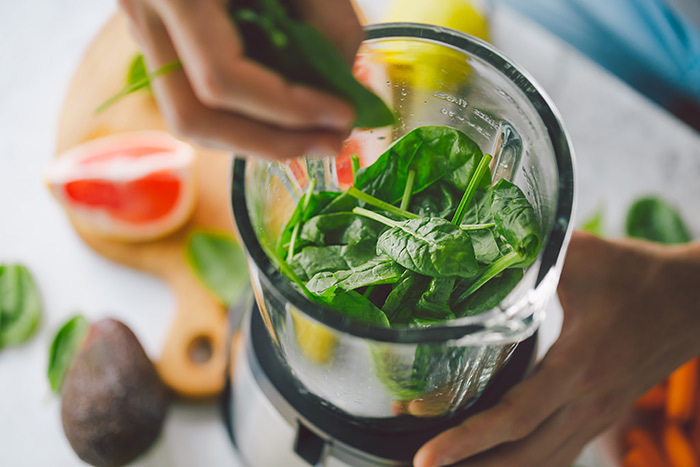
In contrast, high-performance blenders will process the whole fruit – skin, flesh, seeds and all, where relevant – along with all the fibre that comes along with it. So, no waste.
Cheaper or smaller blenders may not be as effective at blending fibrous fruit or veg.
“Some smaller personal blenders struggle to create a truly ‘smooth’ green smoothie,” says Fiona.
Stick blenders
If you’re short on space or on a budget, or you’re not sure you’re ready to commit to the green-smoothie lifestyle, you could try a stick blender instead of the full-size version.
They’re a cheaper option than a standard blender, with a much smaller footprint – and many of them now come with mini food processor attachments, so they’re a nice halfway point between blender and food processor.
On the downside …They’re not as robust as full-size blenders or food processors.
While they can handle smoothies made from softer fruit such as berries, they won’t be able to deal with tough fruit or vegetables such as kale – whereas a high-performance blender can turn out a silky, lump-free, green smoothie in no time.
If you’re just dipping your toe into the world of smoothies, a stick blender could be a good starting point
So if you’re just dipping your toe into the world of smoothies, a stick blender could be a good starting point – and if you don’t end up being a smoothie convert, you can always use it to make soups or baby foods, so it won’t be a wasted buy.
Stick blenders can range in price from $25 all the way up to $400, so it pays to do your research before you commit. Check our stick blender reviews to make sure you’re spending your money wisely.
Are you looking for a magic shortcut to good health?
From cleansing your body of toxins to promises of ultimate nutrient extraction, juicers and blenders pitch themselves as the perfect New Year get-healthy resolution.
But which is better for you, a juicer or a blender?
They are both a convenient way to get more fruit and vegetables into your diet, and could motivate you to experiment more with new ingredient combos and embrace better alternatives to sugary soft-drinks or unhealthy breakfasts.
However, there are a few nutrition factors to be mindful of.
Too much juice?
Juices are not as nutritionally beneficial as smoothies made in a blender or just eating a piece of fruit, as they strip away most of the fibre and can encourage you to consume too many calories if you exceed recommended daily servings.
Juices are not as nutritionally beneficial as smoothies made in a blender or just eating a piece of fruit
Government website Eat for Health says: “Many of us drink far too much fruit juice. Fruit juices can be high in energy (kilojoules) and low in dietary fibre, and can even damage your teeth. Whole fruits are a much better choice, and are more filling.”
Blender a-peel
In contrast, blenders pulverise whole fruits and veg, thereby retaining the fibre in the skin and peel (in apples or berries, for example) and creating a more nutritious drink.
They also offer you the extra benefit of being able to add nutrition-boosting ingredients to your fruit and veg blends, such as nuts and seeds or superfood powders. Whichever you choose, it’s best if you include blending or juicing as part of a healthy, balanced diet.
“If you prefer to blend nutritious foods into a smoothie instead of eating the raw ingredients, and if it saves you from heading for the processed sweets when hunger kicks in, then it’s worthwhile adding a blender to your kitchen arsenal,” says CHOICE appliance expert Rebecca Ciaramidaro.
Check our expert blender reviews to find the right blender for your needs and budget.
5 tips for nutritious, delicious smoothies
Eat a rainbow!
Choose different coloured fruits and vegetables to increase the variety of nutrients you’re getting.
Get nutty and seedy
Add nuts (such as almonds or cashews) and seeds (such as sunflower or chia) or protein powders.
Add liquids first
For best results, add your liquids first (milk, non-dairy alternative or coconut water), then leafy greens, then soft ingredients such as nut butters and yoghurt, then finish with fruits (cut into chunks) and then the hardest ingredients last (ice or frozen fruits). This will help ensure everything blends together smoothly.
Blitz for breakfast
Try a breakfast smoothie combo of banana, spinach and almond milk, bulked out with oats or chia seeds and a bit of honey or nut butter, to keep you full during the day and stop you reaching for mid-morning snacks.
Keep an eye on the calories
Some smoothies are adequate as entire meal replacements, so make sure you don’t overdo it, particularly on added sweeteners such as honey, too much fruit, or calorific boosters such as powders or nut butters.

